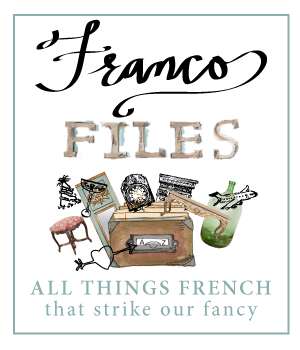
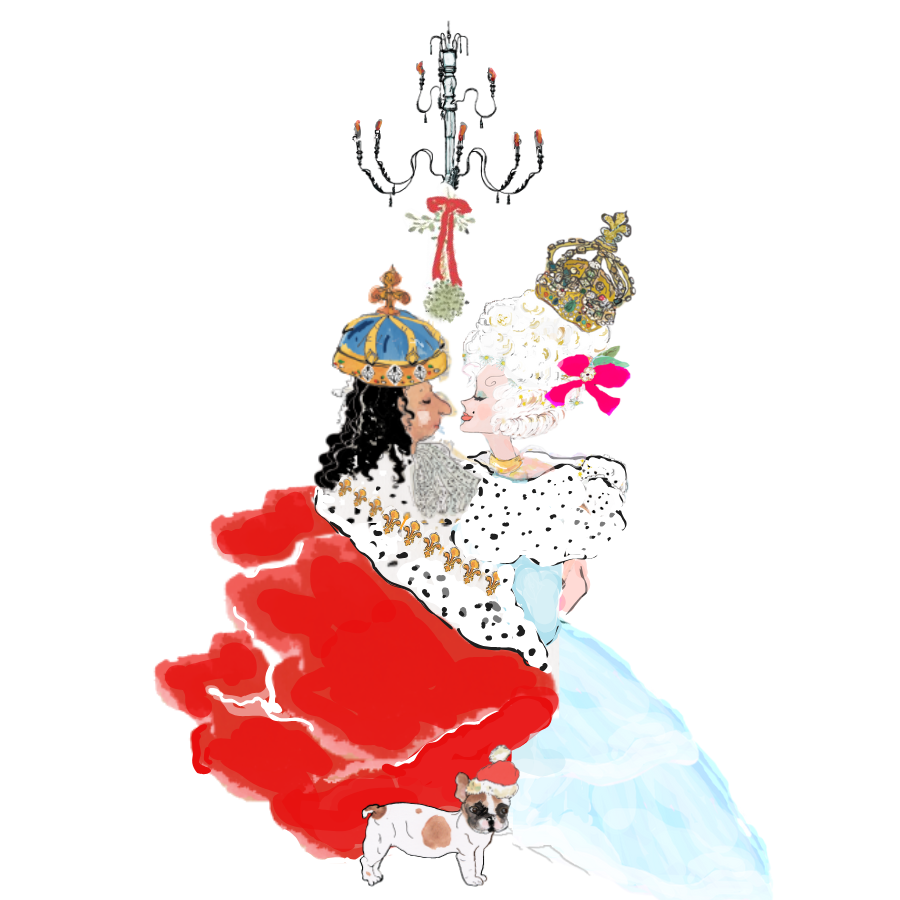
I saw Marie kissing ole King Louis ...
Why Do We Kiss Under the Mistletoe?
Druid Legends and Winter Solstice
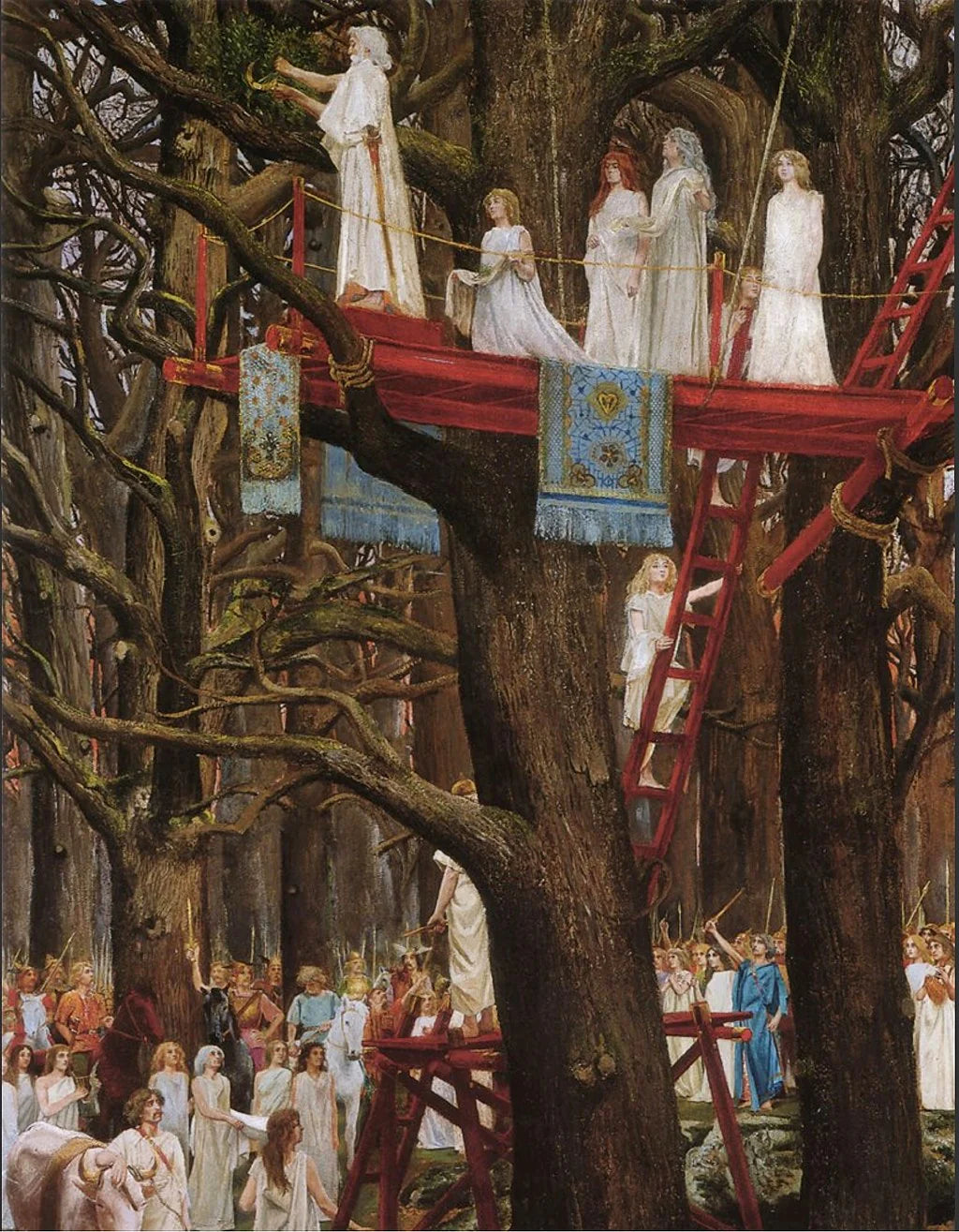
Les druides coupant du gui le sixieme jour de la Lune, Henri Paul Motte, 1890, Lugdunum Musee, Lyon, France
Mistletoe in Norse Mythology
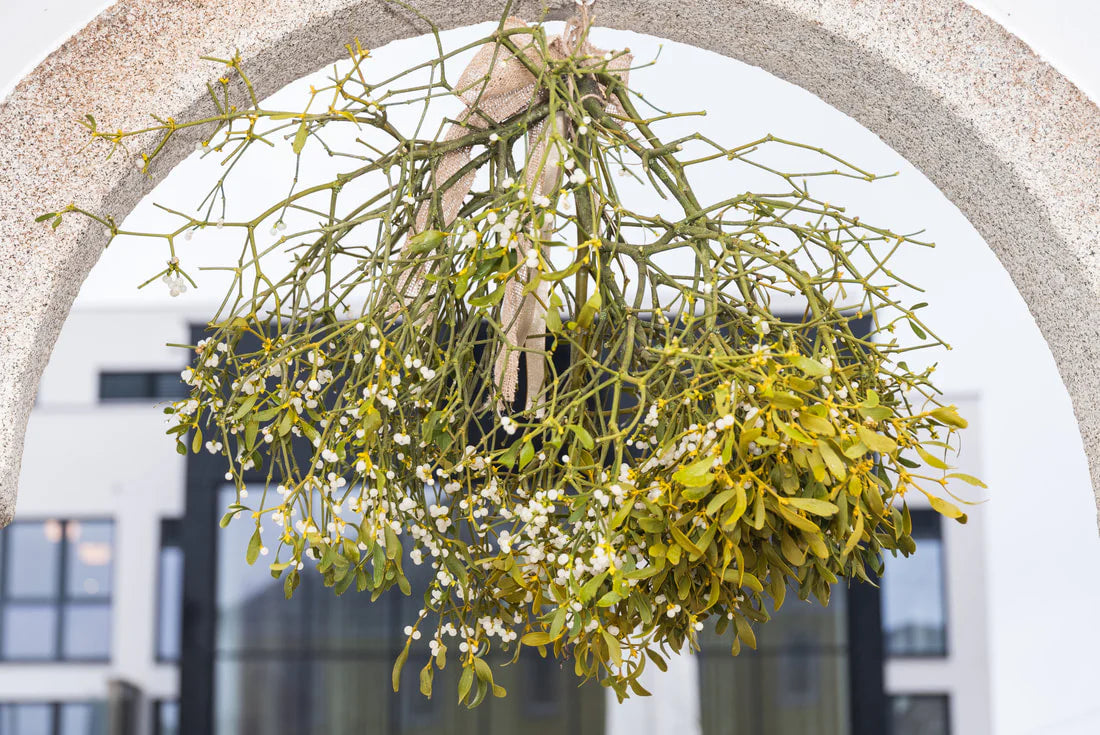
Mistletoe hanging in an archway, a symbol of love and peace in holiday traditions.
French Christmas Traditions with Mistletoe
Where Mistletoe Grows in France
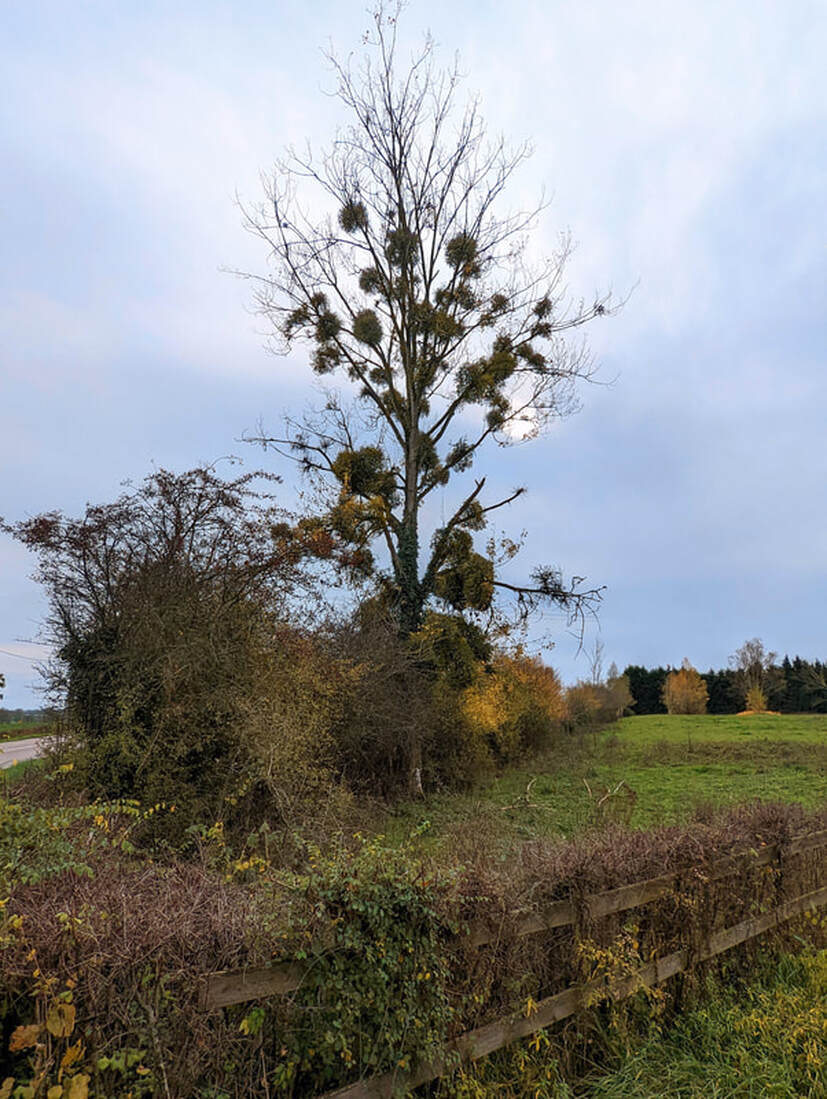
A tree near Mervans, France, dotted with mistletoe.
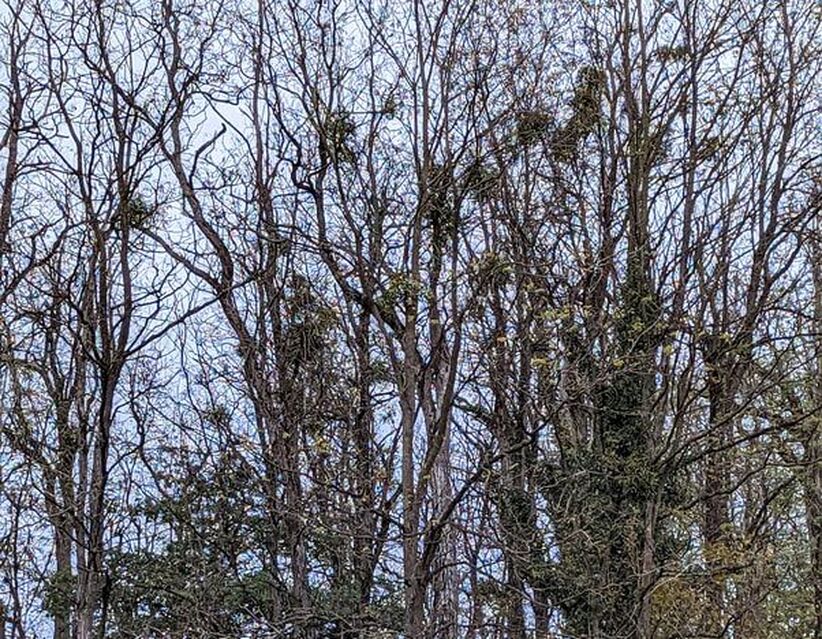
Roadside trees in Franche-Comté filled with mistletoe clusters.
Mistletoe in Markets and Holiday Folklore
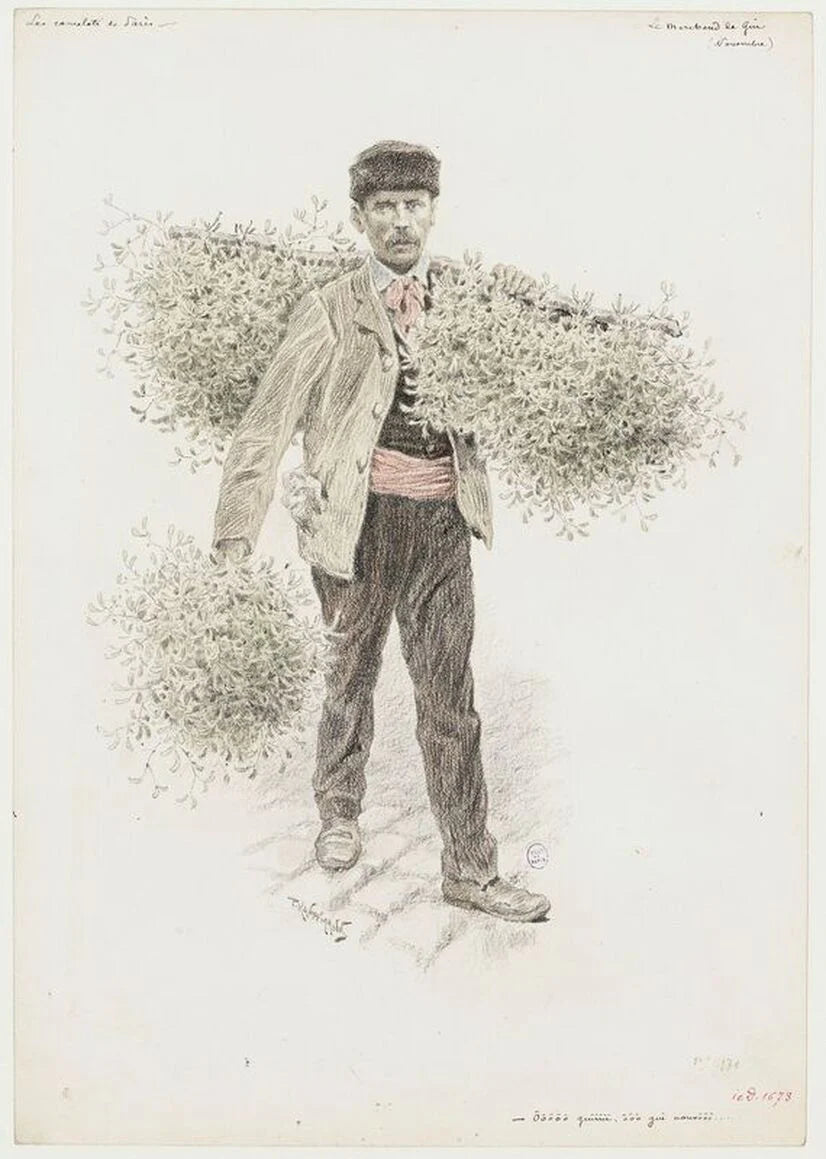
Marchand de Gui by Paul Adolphe Kauffman (1849 - 1940), Musée Carnavalet, Paris, France
Did You Share a Kiss Under the Mistletoe?
Bonne année et bonne santé!


Browse the Full Series
See all Word of the Week posts →
See all Word of the Week posts →

Browse the Full Series
See all Double Vision posts →
See all Double Vision posts →






